Staging the Compelling Question
Engage the class in a discussion of the question "Who am I?"Teachers and students might begin by brainstorming a list of the many roles they play in order to understand that they are may people- brother, friend, daughter, grandson, or softball player. As they generate this list, they will likely see that they play similar and different roles at different times.
Engage the class in a discussion of the question "Who am I?"Teachers and students might begin by brainstorming a list of the many roles they play in order to understand that they are may people- brother, friend, daughter, grandson, or softball player. As they generate this list, they will likely see that they play similar and different roles at different times.
Supporting Question 1- Am I Unique?
The first supporting question—“Am I unique?”—helps students establish the foundational understanding that each person has unique characteristics. The formative performance task calls on students to draw self-portraits and respond to sentence starters that define their characteristics (e.g., I am a ___, I can ___, I am good at ___, or I like ___). Featured Source A is an image bank that demonstrates how one person can be many things, and that each of these characteristics contributes to making that person unique. Featured Source B provides students with images of a variety of individuals participating in a range of activities.
Source A: Image bank: The same child engaged in different activities and roles.
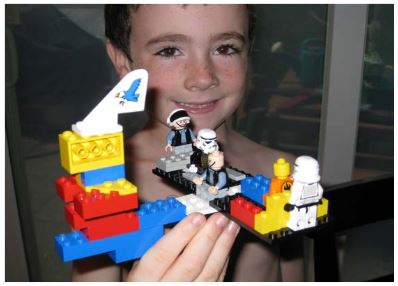
Image 1: Building a Lego creation. Photo courtesy of Kate Hesla.
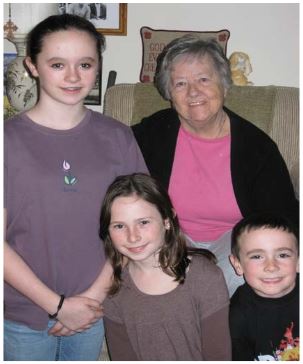
Image 2: Grandson and brother. Photo courtesy of Kate Hesla.
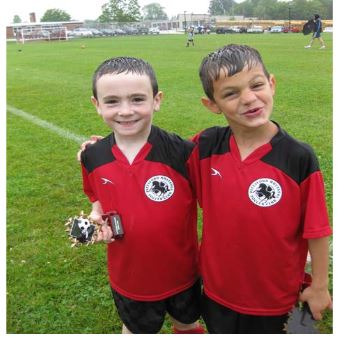
Image 2: Soccer Player, teammate, and friend. Photo courtesy of Kate Hesla.
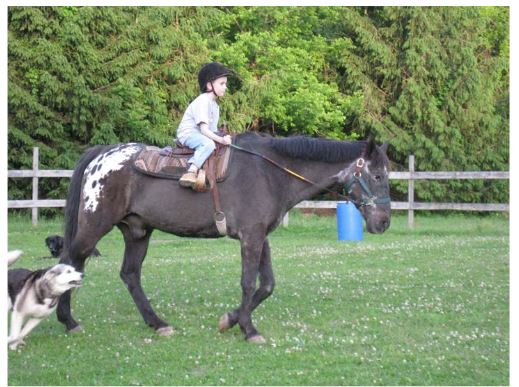
Image 4: Riding a horse. Photo courtesy of Kate Hesla.
Image 1: Building a Lego creation. Photo courtesy of Kate Hesla.
Image 2: Grandson and brother. Photo courtesy of Kate Hesla.
Image 2: Soccer Player, teammate, and friend. Photo courtesy of Kate Hesla.
Image 4: Riding a horse. Photo courtesy of Kate Hesla.
- Source B: Image bank; Children engaged in different activities.
Image 2: Girl doing crafts © istock/© DenKuvaiev
Image 3: Boy playing basketball
© istock/
© ScrappinStacy.
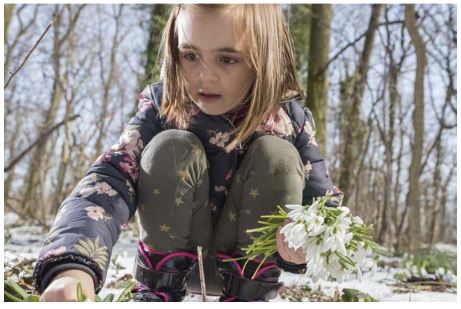
Image 4: Girl investigating nature
Image 4: Girl investigating nature
© istock/
© fotokostic
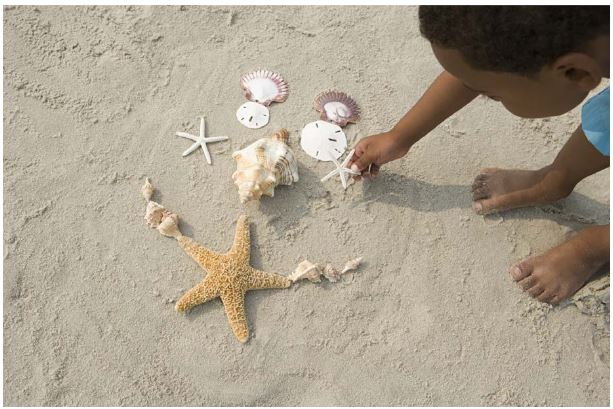
Image 5: Boy playing in the sand
Image 5: Boy playing in the sand
© istock/©
XinXinXing
Supporting Question 2- Am I the same as other people?
For the second supporting question—“Am I the same as other people?”—students build upon their sense of individuality by considering how they are similar to others. After completing a gallery walk of their self-portraits, students place three red sticker dots on portraits that are similar to themselves and three blue sticker dots on those that show differences. The featured source is an image bank of groups of children participating in activities together. (NOTE: These images are meant to correspond to the images from Featured Source B in Supporting Question 1.)
For the second supporting question—“Am I the same as other people?”—students build upon their sense of individuality by considering how they are similar to others. After completing a gallery walk of their self-portraits, students place three red sticker dots on portraits that are similar to themselves and three blue sticker dots on those that show differences. The featured source is an image bank of groups of children participating in activities together. (NOTE: These images are meant to correspond to the images from Featured Source B in Supporting Question 1.)
- Source A: Image bank: Groups of children engaged in different activities
Image 1: Boys reading books
© istock/
© Anna Omelchenko
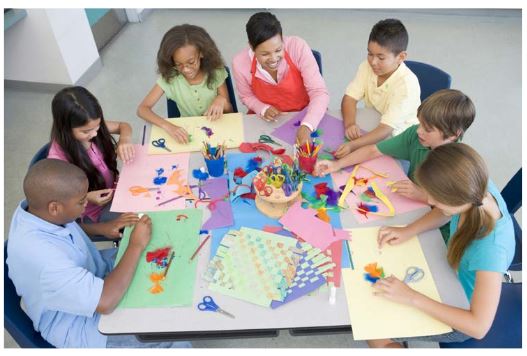
Image 2: Children doing crafts
Image 2: Children doing crafts
© istock/
© monkeybusinessimages
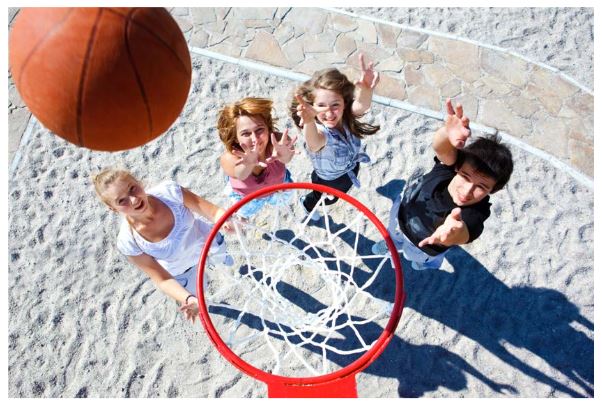
Image 3: Children playing basketball @istock/@anatols
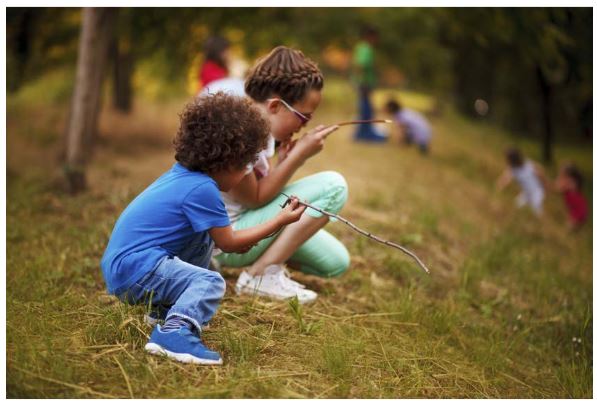
Image 4: Children investigating nature. @istock/@ MilicaStankovic
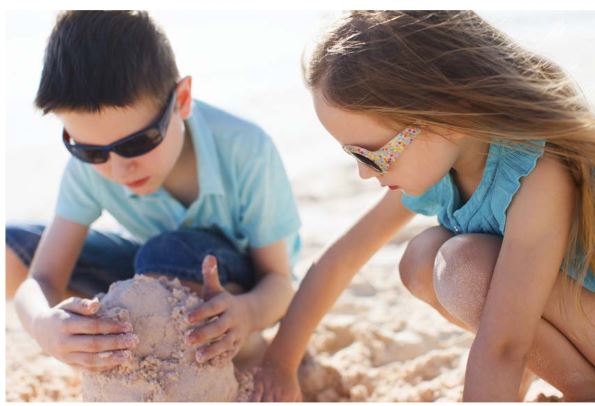
Image 5: Children playing in the sand. @istock/@shalamov
Image 3: Children playing basketball @istock/@anatols
Image 4: Children investigating nature. @istock/@ MilicaStankovic
Image 5: Children playing in the sand. @istock/@shalamov
.
.
Supporting Question 3- How can I be unique and the same?
By answering the third supporting question—“How can I be unique and the same?”—students wrestle with their individual identities by exploring how they can be both similar to and different from others. The formative performance task calls on students to construct individual T-charts that list their unique characteristics on one side and traits that are similar to those of their peers on the other. The featured source is an image bank that offers scenes where different people and groups are doing the same activity.
By answering the third supporting question—“How can I be unique and the same?”—students wrestle with their individual identities by exploring how they can be both similar to and different from others. The formative performance task calls on students to construct individual T-charts that list their unique characteristics on one side and traits that are similar to those of their peers on the other. The featured source is an image bank that offers scenes where different people and groups are doing the same activity.
- Source A: Image bank: Different people engaged in the same activity
Image 1: Family riding bikes @istock/@ monkeybusinessimages.
Image 2: Boy riding a bike. @istock/@Imageegami.
Image 3: Group of children riding bikes. @istock/@SerrNovik
Image 4: People in a bike race. @istock/@m-gucci